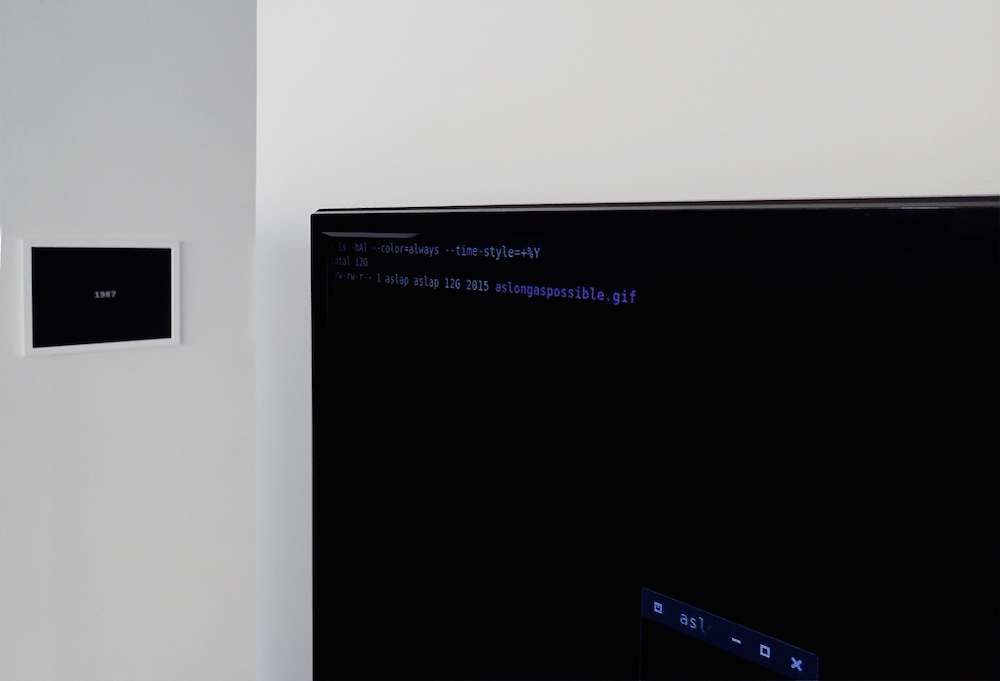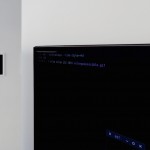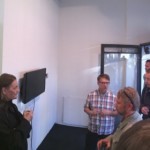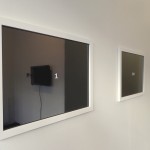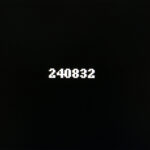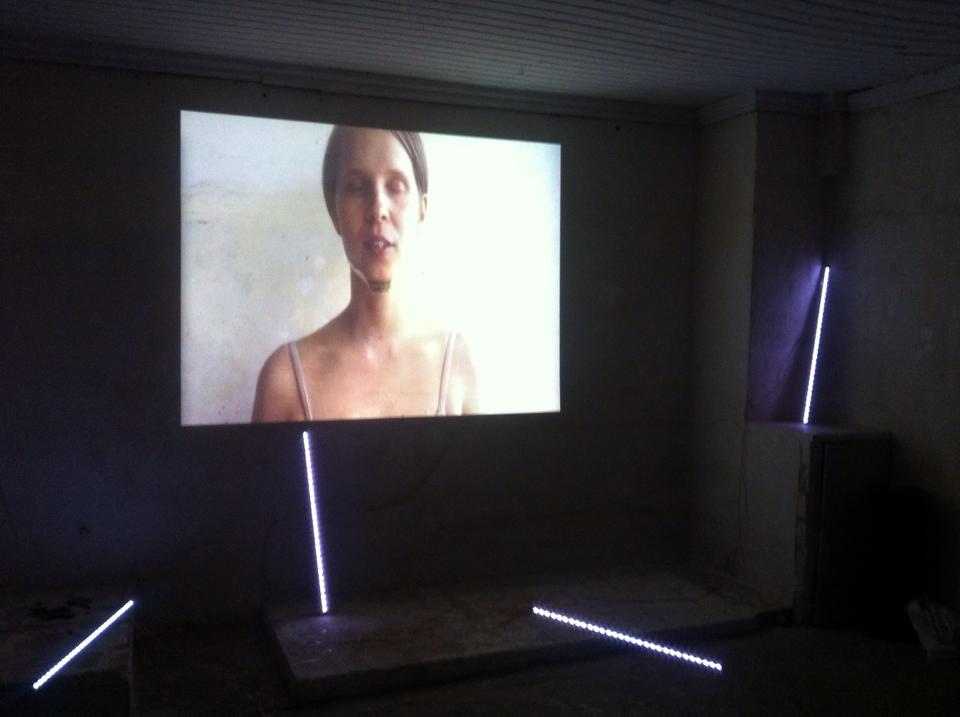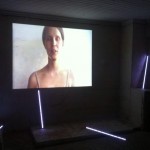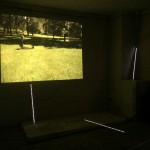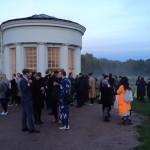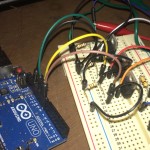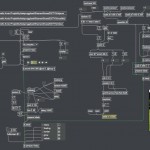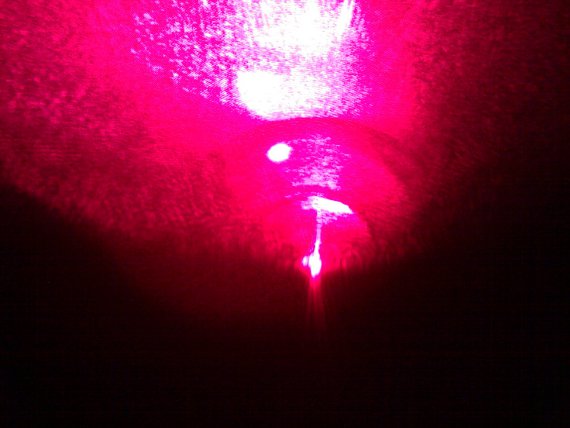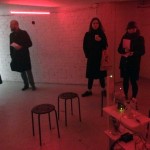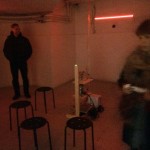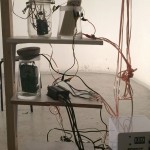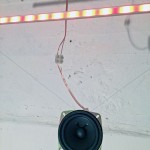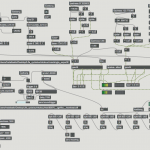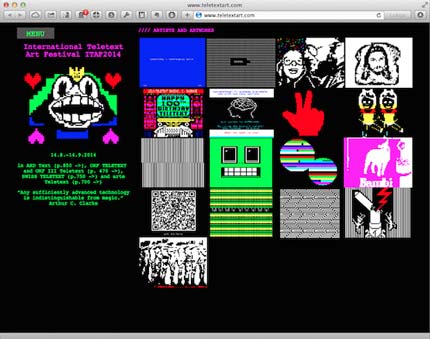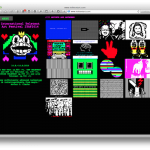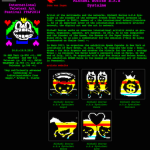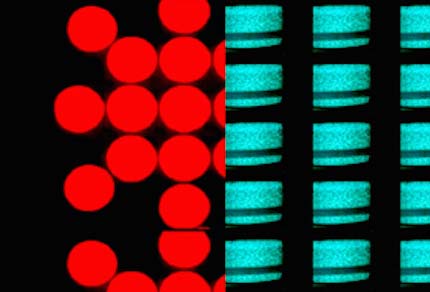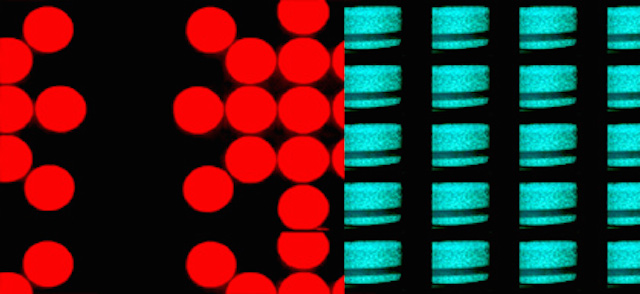The work gives aural and visual forms to the cycles related to being a human. The pain during the menstruation (dysmenorrhea or painful periods) is intimately highlighted with the help of sound. The interaction between the Earth, Moon and the Sun is experienced by a sonification of their orbital data and their effects on gravity – which pervades the experience of being a habitant of the Earth.
The work was presented as a part of a group exhibition with the theme Cycles, in the framework of AAVE festival of audiovisual arts, in Helsinki.
The work consists of four led strips and four channel audio system. The Sun and the Moon rotate around the visitor. Also, a possibility to participate in the installation is provided by means of a heart rate sensor.
In the installation the orbits of the Sun and the Moon around the Earth have been translated into sound. The cycle of sounds lasts about 50 minutes, which corresponds to about two years. The period was chosen, because the Sun and the Moon happen to be quite close to the same position in the beginning and in the end of the cycle.
Sounds of pain are played at random intervals between 1 – 2 minutes. The Led lights pulses and fades with the same interval.
The audible frequency of the Sun in the installation is a higher octave of its about 11 year long activity cycle. The frequency of the Moon comes from the so called Saros cycle, during which the Moon goes through various cycles related to its orbit. Saros cycle lasts about 18 years in real time. The sound of the Sun in the installation is low and continous, whereas the sound of the moon is higher and pulsating. The length of one pulse is a thousandth of a month. The relationship of the amplitudes of the sounds of the Moon and the Sun corresponds to their tidal force amplitude.
It is possible to participate in the installation. In the middle of the room there’s a pole, on which a green light can be seen. The light shows the place of a pulse sensor. Just beside the sensor there’s a red Led light, which shows the sensed pulses.
The sensor finds the pulse from a finger or a palm, when the body part rests on the sensor. The pressure on the sensor shouldn’t be too hard or too light for it to work consistently. The red led will start to pulse according to your heart rate, when the contact is right.
When six sequential pulses have been detected, a real heart beat sound is played.
